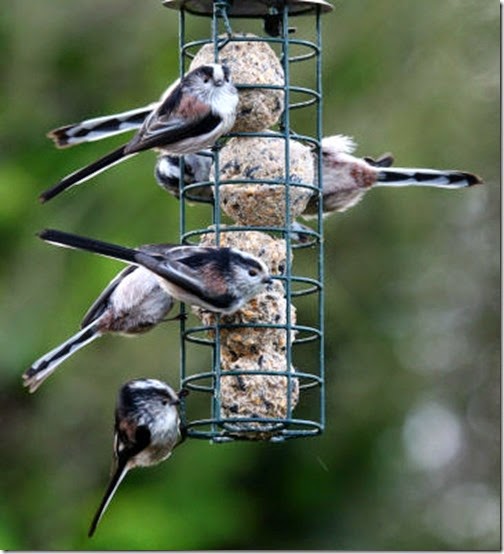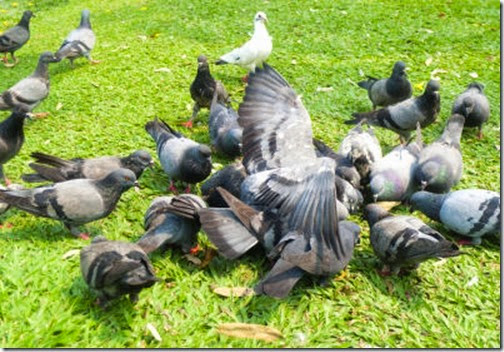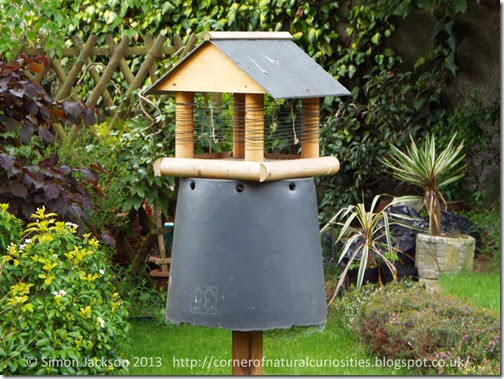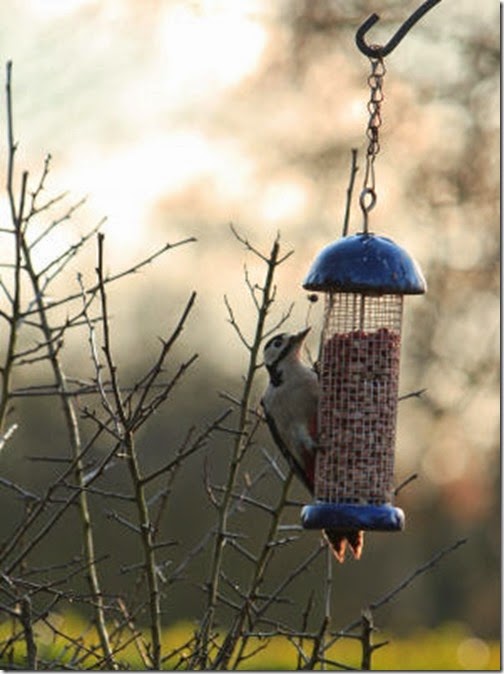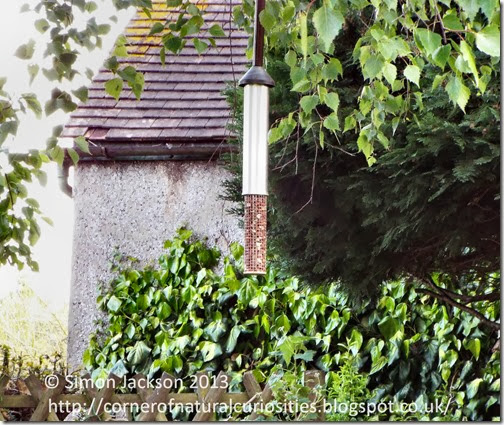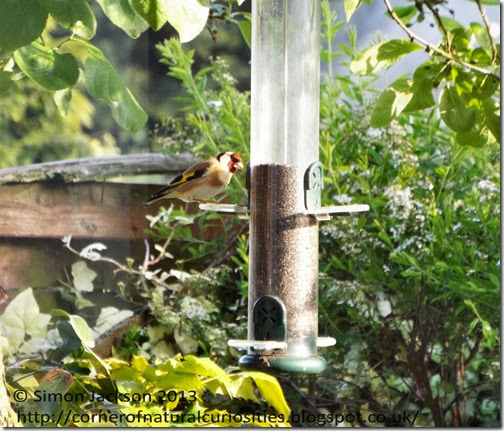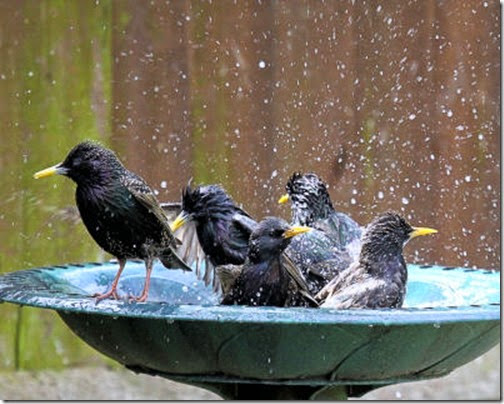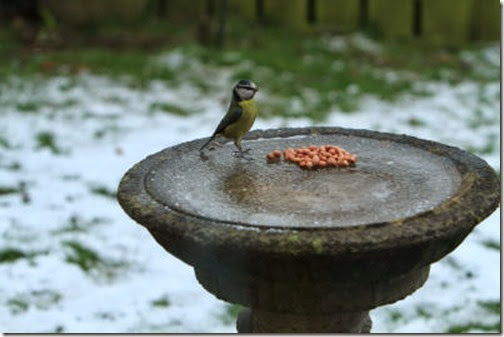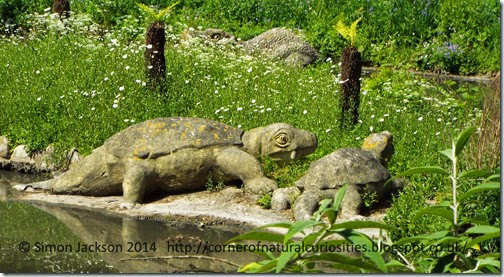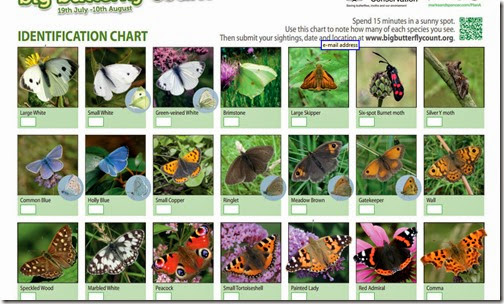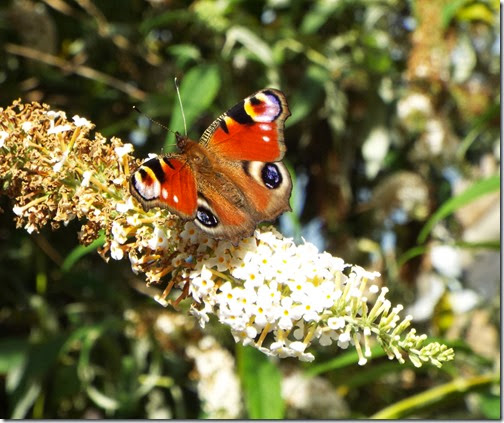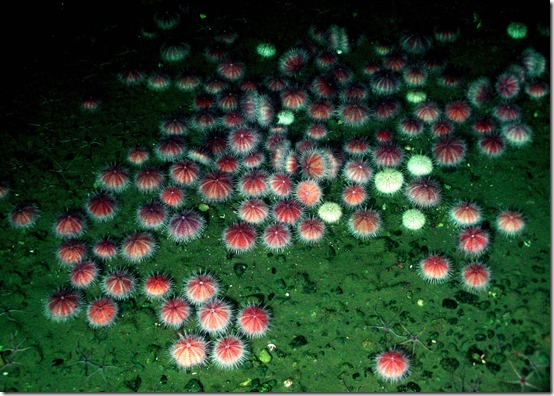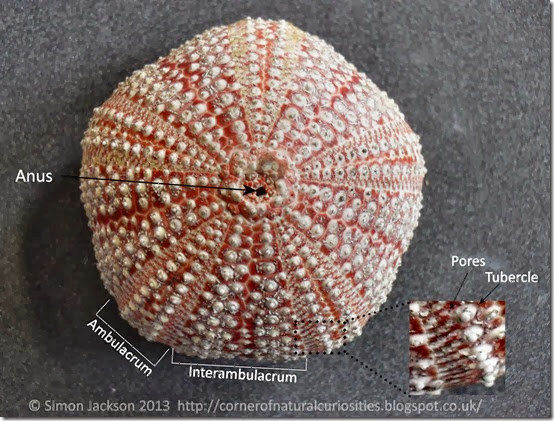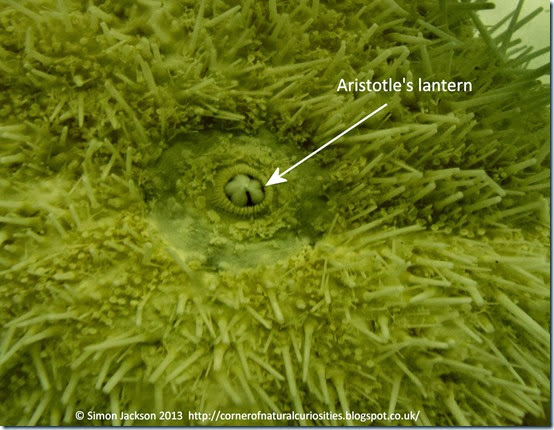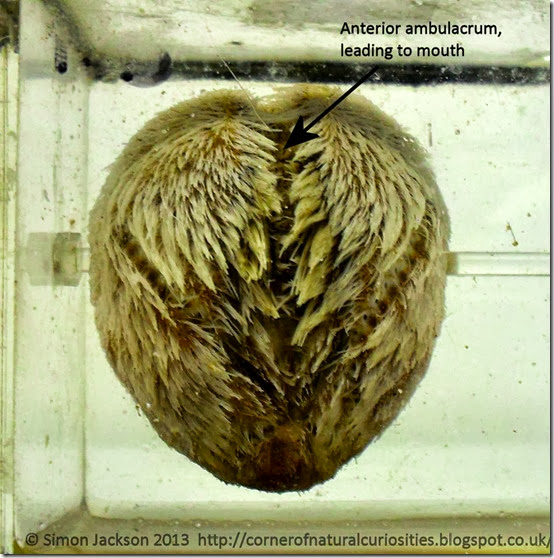Their wings with azure, green and purple gloss'd,
Studded with colour'd eyes, with gems embossed,
Inlaid with pearl, and marked with various stains
Of lively crimson through their dusky veins —
Mrs Barbauld
(from Newman 1887)
At some point, most of us have seen a butterfly. Perhaps one has silently fluttered past us in our garden or a park, and we may or may not have paid attention. Many children are at least aware of the complete, almost magical transformation from that worm-like caterpillar, to the magnificent splendour of the fully-winged adult. But if you are reading this blog, and are fascinated by butterflies as much as I am, then you will probably want to know more.
- What exactly are butterflies?
- Where can I see butterflies?
- How can I attract butterflies to my garden?
are some of the questions this blog answers. This page is predominantly about British and European species, though many of the facts are also applicable to butterflies worldwide.
What Exactly Are Butterflies?
Butterflies are insects, which like all arthropods (also including spiders, scorpions, millipedes, lobsters) have jointed legs and a 'shell' on the outside of the body (an exoskeleton), enclosing the soft parts. Like all insects, butterflies have three major body parts; a head, thorax and abdomen. Like insects, butterflies have three pair of legs, though in some groups the first pair of legs has been reduced so much that they are virtually useless for walking and are only apparent on closer examination.
Butterflies belong to the order Lepidoptera — Greek for 'scale wings', as their thin membrane wings are covered by loose scales. Actually, only about 12% of this order (Lepidoptera comprising more than 165,000 species) are butterflies, the rest being moths. Butterflies and moths have two pairs of wings, originating from the thorax; 2 forewings, 2 hindwings, which are cut by complex patterns of veins, varying between the different species.
Below: Small Tortoiseshell (Aglais urticae), showing characteristic butterfly features discussed
Unlike most moths, butterflies are active during the day, usually only when it is sunny and bright. When butterflies rest, their wings are pressed or folded together in a vertical plane, above the body (abdomen) so that the lower surfaces of the wings are exposed — most moths rest with their wings held flat, concealing the abdomen. Unlike moths, the two antennae end in clubs.
Below: Red Admiral (Vanessa atalanta), feeding on buddleia, showing resting position with wings closed.
The bright colours and spectacular markings which often adorn butterfly wings are either due to presence of pigments in the wing-scales, or may be due to the way the microscopic structure of the scale interferes with light (the diffraction of incidence light), the latter of which produces the metallic colours of butterflies, as in the group known as the 'blues' (Lycaenidae). Colour may serve several functions: to avoid predation through camouflage (normally visible on the under-surfaces of the wings), for attracting a possible mate (visible on wing upper-surfaces), and may also be used to raise body temperature, as the butterfly basks in the sun.
What is a Butterfly's Life Cycle?
There are four distinct stages in the life-cycle. The life of a butterfly begins with an egg (ovum), laid by an adult female, usually on a specific species of plant.
After a period ranging from a few days to several months, the caterpillar (larva) emerges — a stage which dominates the life-cycle of most species — and it begins to devour the leaves of its surroundings, in order to grow. Eventually, it becomes too big for its own 'skin' and like all insects, needs to undergo the process of shedding its skin (moulting or ecdysis), before continuing to grow. The caterpillar will undergo this process several times (usually five).
Ultimately, the caterpillar will form a chrysalis (pupa), a stage which varies between a few weeks to up to 10 months. This is where complete change (metamorphosis) occurs, and the fully winged adult (imago) emerges, albeit with small and floppy wings. The wings are now expanded and hardened by pumping fluid through their veins — in some species in a matter of minutes — and now the adult is ready for its first flight.
Many species will then seek to find a mate almost as soon as they have emerged, with males following the scent plumes, or pheromones, released by the females. After mating, the process begins all over again, with an egg.
Why are Butterflies Important?
Butterflies are vital components of ecosystems. Caterpillars, as herbivores, recycle nutrients back into the food chain. Adults are also important plant pollinators. Both stages are important food sources for animals higher in the food chain (e.g. birds, other insects).
Butterflies also respond rapidly to changes in the environment, so monitoring populations of butterfly species is a good indication to the overall health of the ecosystem — a decline in butterfly species is an indicator of other wildlife losses.
When Can I See Butterflies?
In Europe, you're most likely to see the adults during their flight period, during the spring and summer, when they have emerged from hibernation to reproduce and feed. And you are most likely to see them on a sunny and warm day.
However, you may be able to see hibernating butterflies during the winter. Butterflies hibernate in different states, though most European species hibernate as larvae. If you're lucky, you may be able to see an adult Peacock (Inachis io) hibernate in hollow spaces, such as oak trees, which they have been known to do in large numbers. Some species such as the Painted Lady (Vanessa cardui), cannot survive our cold winters and migrate southwards to North Africa, where they remain until spring.
Below: Peacock (Inachis io) specimen. This species has been known to hibernate in oak trees.
Where Can I See Butterflies and Can I Attract Them?
Perhaps the best way to be guaranteed to see large numbers of butterflies is to visit a dedicated butterfly centre. For example, the Natural History Museum's Sensational Butterfly Exhibition hosts over 50 species of tropical butterflies and moths, among tropical plants, within its vast marquee set on the lawn outside the museum. Another great example of this kind of environment is the Stratford Butterfly Farm, where one can stroll leisurely through an exotic rainforest surrounded by tropical butterflies and splashing waterfalls.
If you want a greater challenge, you can go out into the country to seek butterflies. As certain species prefer different environments, you can be more choosy about which species you want to seek out. For example, the Adonis Blue (Lysandra bellargus) and Chalkhill Blue (Lysandra coridon) butterflies prefer flower-rich grassland on limestone or chalk. Thus walking along a chalk ridge running through the middle of the Isle of Wight is a great place to see these species (and this is one of the many recommended routes suggested by the National Trust).
However, perhaps the most rewarding experience is to proactively attract butterflies to your own garden, so that you can enjoy them at your own leisure. But how do you do this?
Attracting a particular species of butterfly means you need to consider both the caterpillar and adult (winged) stages. Most adult females are particularly choosy about where they lay their eggs, and certain species of plants are selected which will provide the source of food for the ever-growing caterpillars (these may be referred to in books as larval or host foodplants). For instance, Large and Small White butterflies (Pieris brassicae, Pieris rapae) often lay their eggs on leaves of cabbages (Brassica), where their caterpillars emerge. Peacocks (Inachis io) and Small Tortoiseshell (Aglais urticae) leave their eggs on nettles (Urtica). The Holly Blue (Celastrina argiolus) leaves it eggs on either ivy (Hedera) or holly (Ilex). So by growing certain types of plants, you can attract certain species of butterfly caterpillar, which will ultimately develop into its often spectacular adult form.
When the adults emerge, you then want to keep them on site, by providing them with food. Flowers rich in nectar are at the top of their menu... a butterfly uses its set of mouthparts (proboscis) to suck it up. Flowers such as the buddleia (Buddleia), iceplant (Hylotelephium spectabile) are great for attracting large numbers of butterflies, particularly Small Tortoiseshell. Choose a nice sunny spot, ideally protected from the wind.
If you can combine these two factors together, then you stand an excellent chance of attracting certain butterfly species to your garden.
The picture below is from a large buddleia bush in Crewkerne, Somerset, which is near an allotment rich in nettles and other larval foodplants — caterpillar food. Two species can be seen here: a specimen of Painted Lady (Vanessa cardui) and a specimen of Small Tortoiseshell (Aglais urticae). I have, however, observed at least five other species feeding on this buddleia, including: Large and Small Whites (Pieris brassicae, Pieris rapae), Peacocks (Inachis io), Red Admiral (Vanessa Atalanta), Commas (Polygonum c-album).

Can I Identify Butterflies?
When you spot a butterfly in your garden, or in the country, you may like to work out what it is, may be even keeping a record of it in a notebook (with a date and locality).But how can you identify one?
The most striking parts of a butterfly are the colour markings on its wings.These may be eyespots (as in the Peacock) or contrasting bands (as in the Small Tortoiseshell or Red Admiral).These colours are normally most developed on the upper wings, visible during flight, but you will also need to look at the colouration of the lower surfaces of the wings, visible when they are pressed together during feeding — blues (Lycaenidae), for instance, can be best distinguished in this way.
This shape of the wings is also another important feature; for instance, the edge of a Comma is scalloped or jagged, whereas that of the Swallowtail (Papilio machaon britannicus) has characteristic tails protruding from the hindwings.
Size may also be an important feature to distinguish species, though in the field this can sometimes be hard to determine. It's also worth noting that the morphology varies between the different sexes (male, female) within the same species: for instance, in some blues, the upper wings of males are blue, whereas those of females are dark brown.
What Will I Need to Identify Butterflies?
Unless you are an experienced entomologist, you will need a nature guide book, or ideally a dedicated butterfly guide to identify butterflies.Through matching the butterfly to the picture and description in the book you will then be able to identify the butterfly in two ways.Each species of butterfly has a common name, for instance, Large White, which is quite easy to remember.However, it also has a more formal scientific name, which is often a mixture of Greek and Latin (Large White =Pieris brassicae).
For only £3 you can get the "Guide to the Butterflies of Britain", which is a fold out pamphlet with full-size illustrations of butterflies — excellent for identification purposes — with general information about butterflies on the back.
For a bit more (£6) you can get the highly illustrated Pocket Nature Butterflies and Moths which is an excellent introduction to the groups with a picture and summary for every common species. A great feature of this book is that it also shows an image of the caterpillar of each species.
The Collins Butterfly Guide is a much more comprehensive (but more expensive) guide, with similar species listed for Europe, aimed at the more serious butterfly spotter.
Is it Legal to Collect Butterflies?
It is important to note that certain species are protected (in the UK, by the Wildlife and Countryside Act 1981), and there are certain protected sites such as nature reserves.A licence would be necessary to collect under these conditions. Having said that, it is legal to collect unprotected species of butterfly.However, in this day and age, as our understanding of butterfly conservation and wildlife protection increases, this practice is frowned upon. Collecting can have a detrimental effect on populations of butterflies, with specimens often collected before they have reproduced.For instance, a colony of Large Blues (Maculinea arion) in Northamptonshire never fully recovered after 200 butterflies were collected by one dealer in 1860. Now the Large Blue is protected by law.
Unlike museum and university collections, private collections are usually only accessible to a limited number of people, and therefore often only make a very limited contribution to further our scientific knowledge. (Read more about the legalities of collecting).
With advances in digital photography and video, members of the general public can effectively collect 'virtual specimens' of butterfly, flying and feeding in all their glory, without the need to capture or kill them for identification or collection purposes.
Can I Become Involved in Butterfly Conservation?
If you would like to become more involved with conservation work and species recording, or to take part in evening meetings and talks, then you may like to become involved with the UK charity, Butterfly Conservation. For instance, the 'big butterfly count' is a nationwide survey, launched in 2010 and has become the world's biggest survey of butterflies.
References
Lewington, R and Bebbington, J.(2005) Second Edition. Guide to the Butterflies of Britain. Field Studies Council Publications, Telford.
Newman (1887) An Illustrated Natural History of British Butterflies and Moths. Hardwicke and Bogue, London.
Sterry, P. and Mackay, A (2004) Pocket Nature Butterflies and Moths. Dorling Kindersley. London.
Tolman, T and Lewington, R (2009) Collins Butterfly Guide: The Most Complete Field Guide to the Butterflies of Britain in Europe. Harper Collins
